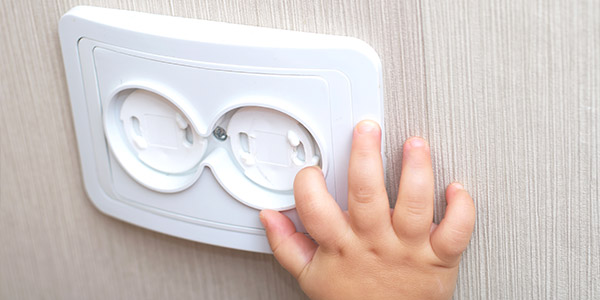More than 9,000 children die from injuries every year, ranging from burns and falls to poisonings and drownings, according to the Centers for Disease Control and Prevention.
“Nearly 70 percent of the children who die from unintentional injuries at home are 4 years old and younger,” says Modesto pediatrician Arlaine Gutierrez, M.D., of Sutter Gould Medical Foundation. “Household injuries are also one of the top reasons kids under age 3 visit emergency rooms.”
The good news is that many of these household injuries to young children can be prevented by using simple child safety devices. But, parents need to be diligent about following instructions and making sure the devices are installed properly, she says.
“One danger of using safety devices is parents might depend on them totally and forget to continuously supervise their children. Remember, no device is completely childproof, and gadgets are no substitute for your eyes and ears.”
Any safety device you buy should be sturdy enough to prevent your child from getting injured but still easy enough for you to use. If you have older children in the house, be sure they know how to correctly re-secure the safety devices.
Dr. Gutierrez shares her advice and recommendations on child safety devices below.










